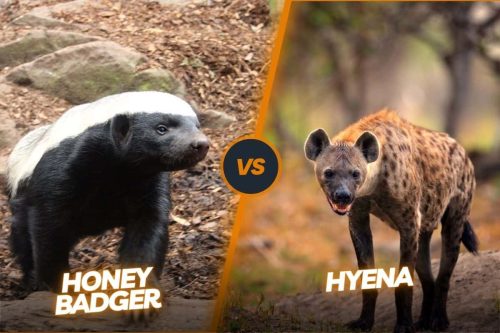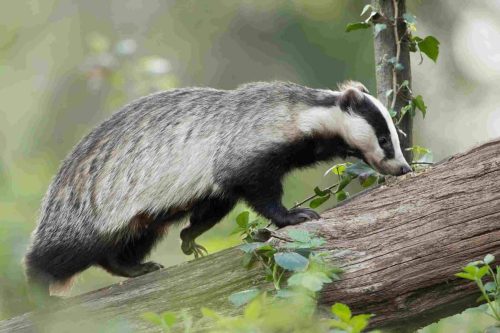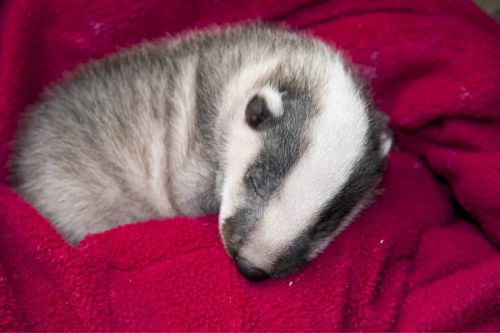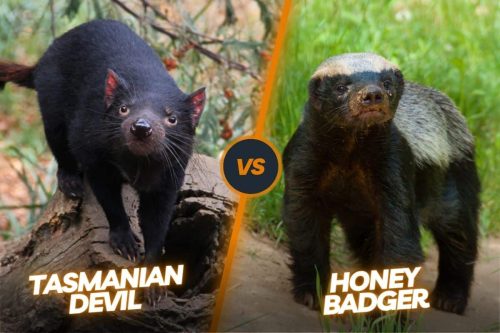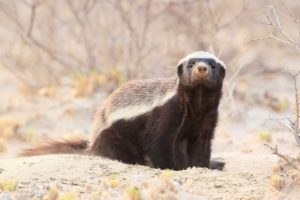How Long Do Badgers Live? | Badgers Lifspan Explained!
There are a lot of people who are ambiguous about badger’s lifespan. They want to get rid of various interpretations of a badger’s lifespan. They want to know the clear-cut answer to this question how long do badgers live? If you also want to know the crystal clear answer to this question, then this article is for you.
The lifespan of the badger depends upon many things like the environment they face, the diet they take, and the habitat they live in. All of these factors altogether decide the actual age of the badger. How long it can live? The lifespan of the badger also varies in captivity as well as in the wilderness. Badgers live longer in captivity than in the wilderness.
Let’s get into detail and comprehensively answer this question and clear all your doubts.
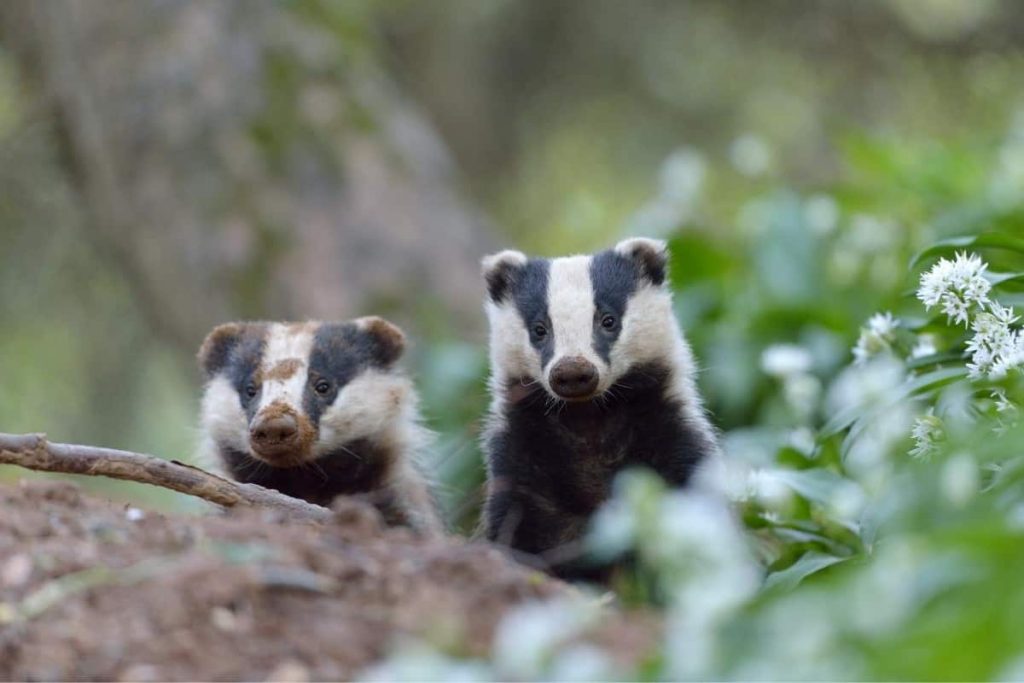
Contents
What is the actual population of badgers in the world?
Badgers were not in very much great numbers a few decades before. The population of badgers has been increasing for the last 10 to 20 years due to the greater interest of common people as well as wildlife experts when they came to know that the badgers are an integral part of the ecosystem.
Since then badger population has been stabilized but previously they were considered endangered species. Now it has been found that there is a huge population of badgers in Europe, North America, and some areas of Asia. Several organizations and people are keeping them in captivity. It has also affected their overall lifespan which has been increased.
Various stages of a badger’s life
Badger passes through various stages of their life when they grow old. The lifespan of the badgers also depends upon these stages and how they sustain and taken care of in the early stages of their life. Let’s discuss these stages of a badger’s life one by one.
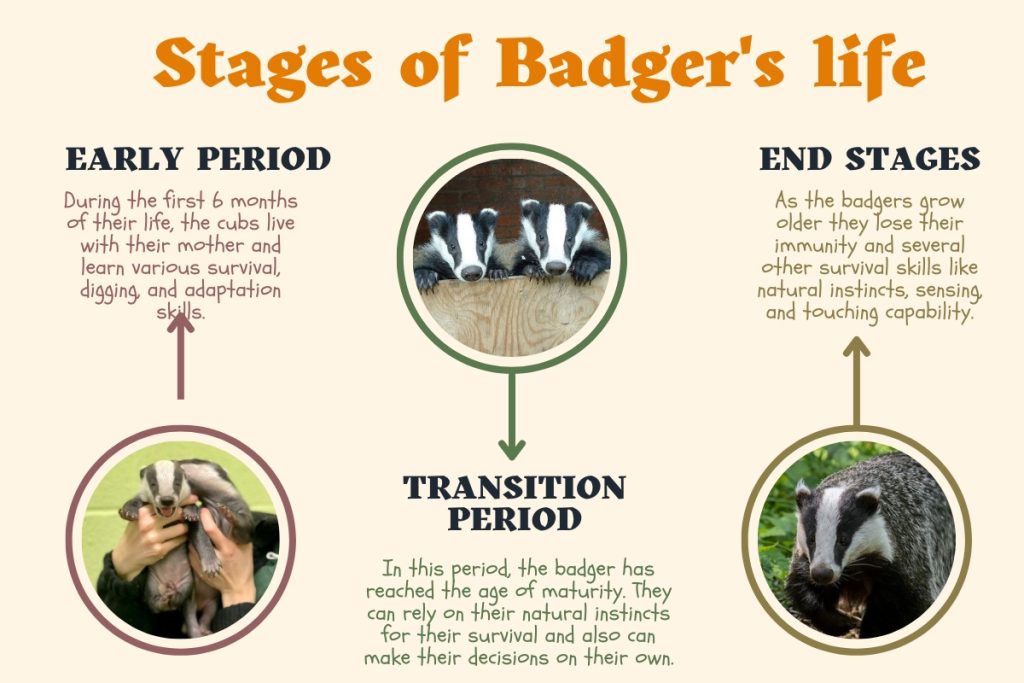
Early period
During the first 6 months of their life, the cubs live with their mother and learn various survival, digging, and adaptation skills. These early 6 months are very important for the overall lifespan of the badger’s life. They can boost their immunity during this period by having a proper diet, exercising, and resting. They learn how they can survive in their local environment and how they can hunt for food. These skills are greatly helpful in the later period of their life for their long-term survival.
Transition period
In this period, the badger has reached the age of maturity. They can rely on their natural instincts for their survival and also can make their decisions on their own without having any kind of dependence on their mothers.
Female badgers reach the age of maturity in just 6 months and are able to produce new children but male badgers have to wait for at least 1.5 years before mating with any female badger. Local habitat has also left an impact on this transition period. They still need to take care a lot during this period, especially their health.
End-stage
As the badgers grow older they lose their immunity and several other survival skills like natural instincts, sensing, and touching capability. There are a lot more chances of injury in this stage as they have much lesser immunity. They can succumb to even minor injuries they face in their daily life.
How long do badgers live in captivity?
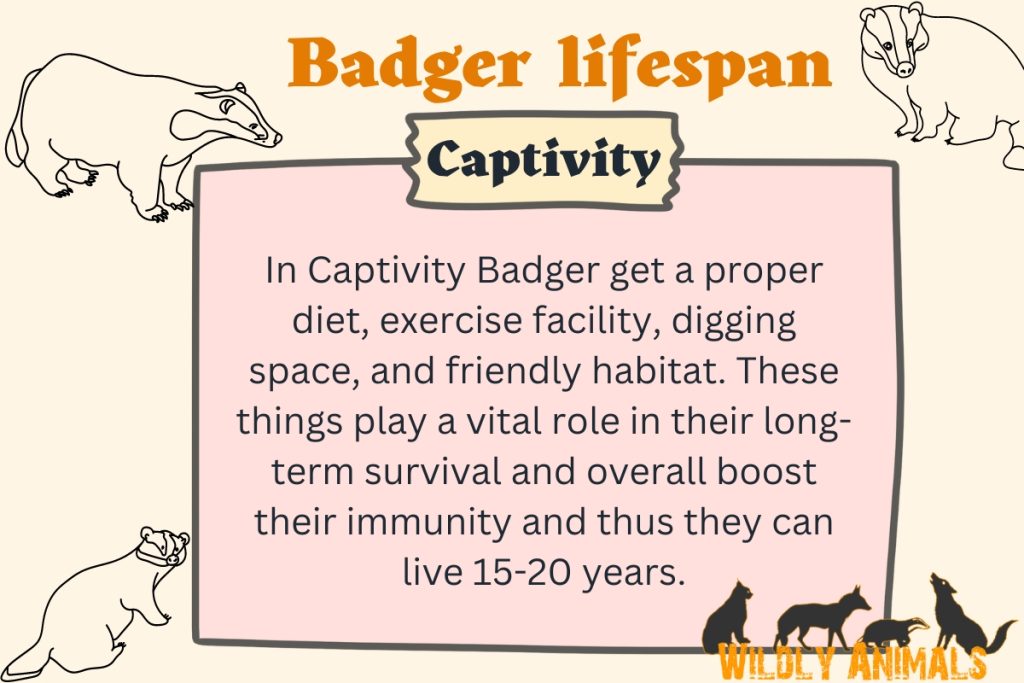
If badgers are living in captivity, they get everything in a measured quantity like get a proper diet, exercise facility, digging space, and friendly habitat. These things play a vital role in their long-term survival and overall boost their immunity. It means they can live for a longer period in captivity. It has been estimated that the badgers can live between 15 to 20 years in captivity.
How long do badgers live in the wild?
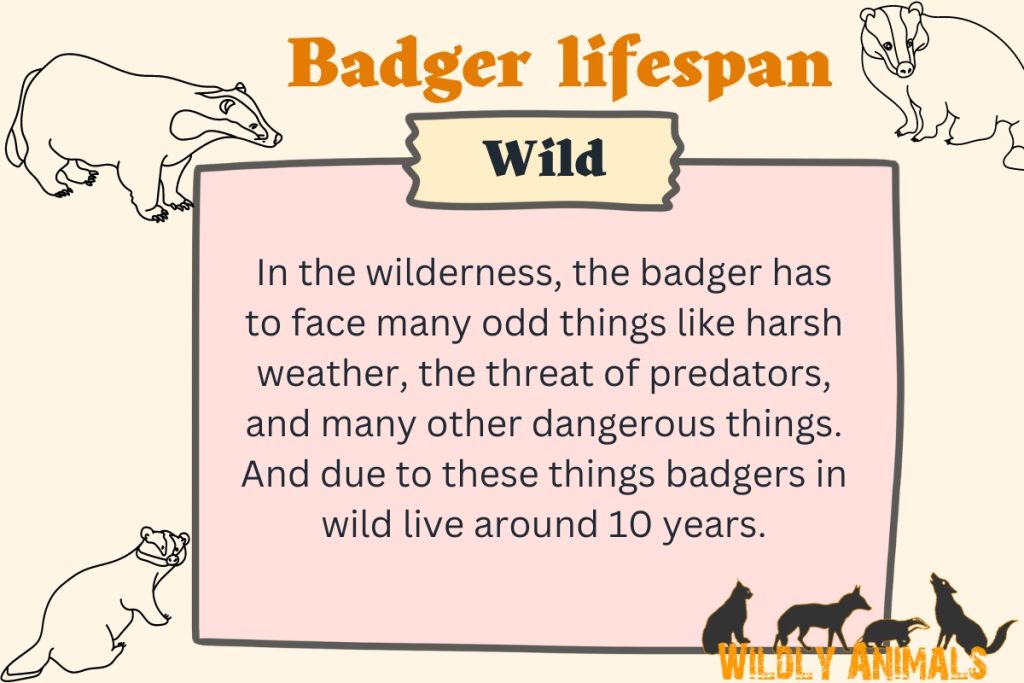
The local environment or habitat can have a great impact on the lifespan of the badgers. In the wilderness, the badger has to face many odd things like harsh weather, the threat of predators, and many other dangerous things. They would not survive for a longer period in the wilderness. It has been estimated that the badgers can live up to a decade in the wilderness. The Diet of the badger in the wilderness also plays a greater role in the long-term survival of the badgers.
Frequently asked questions
Final Thoughts
There could be no short answer to the badger’s lifespan. It varies based on the habitat where they live as we have explained in detail above. on average, we can say badgers can easily live up to a decade. We also get to know that badgers have to face many ugly things in their life which greatly impact their lifestyle as well as lifespan. Until now, the population of badgers is much more stable throughout all over the world unless they have to face the wrath of climate change.

Izzy is an experienced ranch worker who has a passion for exploring nature and getting up close to wildlife. With her connections to various animal organizations, Izzy is well-versed in animal care and rehabilitation.



